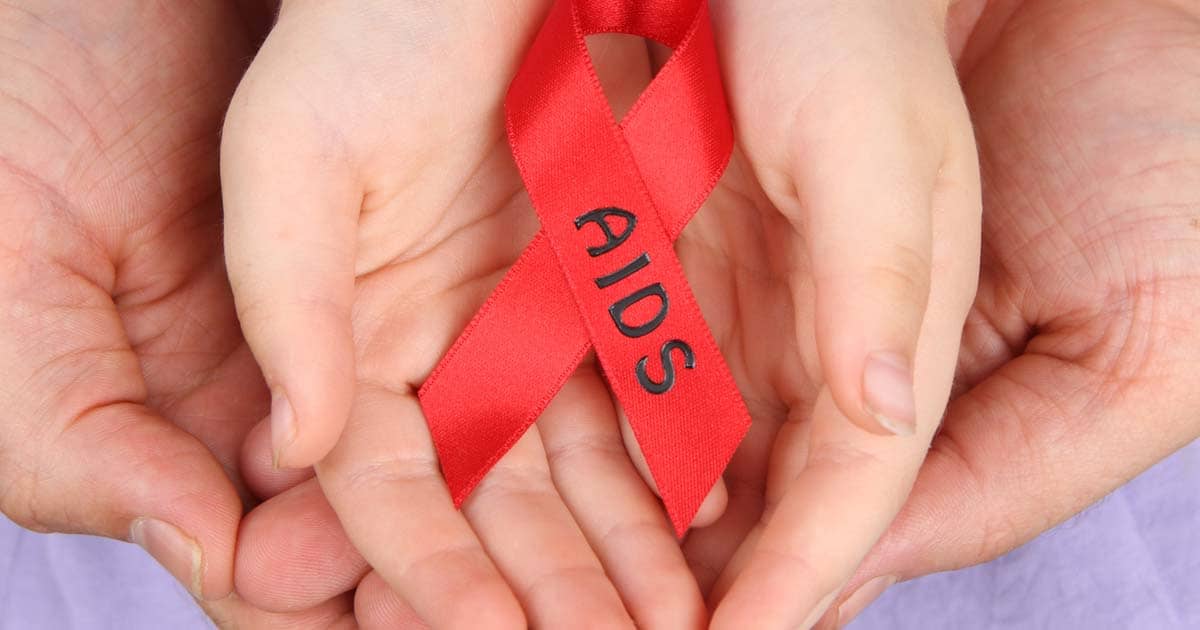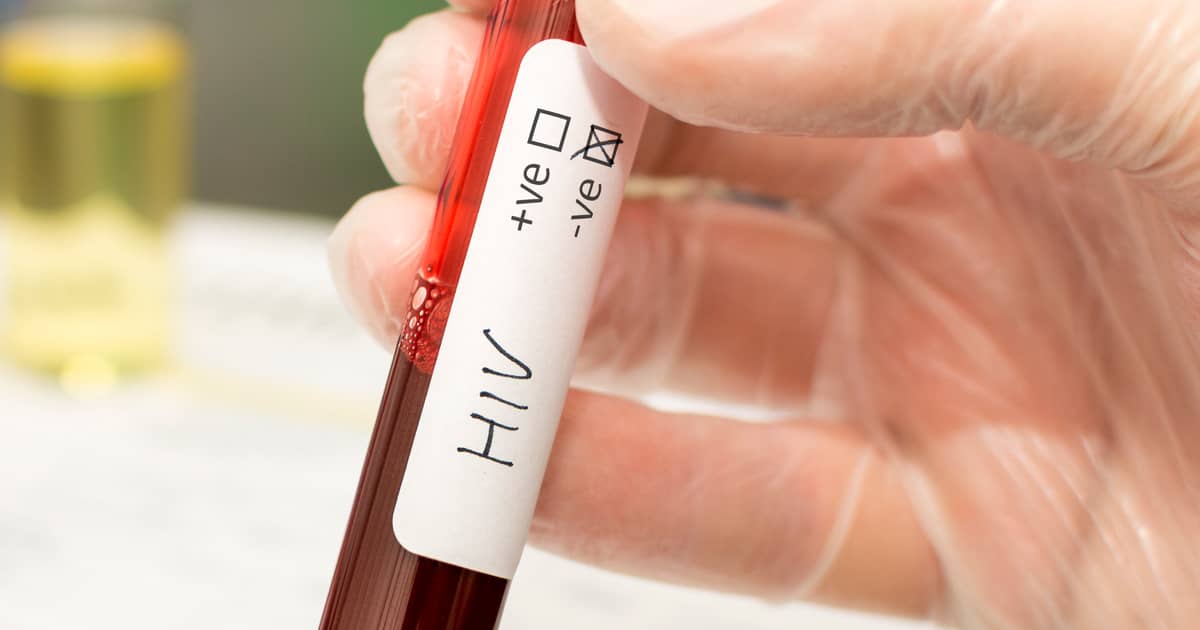While there are tons of articles on HIV transmission through sexual activities, we could use more knowledge to be more well-versed in HIV-positive children. The main cause of HIV in children is mother-to-child transmission (MTCT) that is carried out through pregnancy, delivery and breastfeeding. In this article, we dive deeper into how children can get HIV, the varying HIV symptoms among different age groups and the diagnosis and treatment for HIV-positive children.
Continue readingPost Category → #STD
7 Intricate Myths About Sex and Sexual Health
Some people believe that sperm sleeps at night and others believe that females are the only gender who can get HPV. However, how much of this is actually true? When it comes to sex and sexual health, misconceptions spread as fast as COVID-19, but before you get even deeper down the rabbit hole of false information, we are here to provide the truths behind these 7 sex and sexual health myths.
Continue readingThe Most Common to Extremely Rare Ways of HIV Transmission
HIV is a long and ongoing health problem that plagues almost every nation. What better way to avert this disease than to get ourselves fully-educated on the matter? When it comes to knowledge about HIV, standing in broad daylight is always better than being left in the dark. We have heard one too many times that sexual activities involving the exchange of certain bodily fluids are how the virus can be transmitted, but in this article, we will delve in and discuss the less common to extremely rare ways of HIV transmission.
Continue readingEvery Stage of HIV Explained
Although HIV is notorious for being one of the most hazardous sexually transmitted diseases, it is no longer deemed a death sentence. After the advancement of medication and treatments, especially after 1983 when HIV was first identified, HIV positive people can still lead long and healthy lives. In this article, we delve deep into detailing every stage of HIV infection, its symptoms and the span of each stage. With the correct medication that is taken regularly, HIV rarely develops into the most severe stage which is acquired human immunodeficiency syndrome (AIDS).
Continue readingBenefits of Visiting a Sexual Health Clinic and 6 Things to Expect
What is necessary is not always easy. Visiting a sexual health clinic can be an intimidating and daunting thing to cross off your to-do list. However, the only way to truly determine if you are free from STIs or STDs and give you peace of mind is to get tested. And if you indeed test positive, the correct medication can immediately be administered. Sexual health clinics are not a place to fear because contrary to the widely believed stigma, this place is not for the “reckless” and “filthy”. Find out the benefits and six things to expect when visiting one.
Continue readingHIV PrEP 101: Every Essential Information You Need To Know
What is better than to cure a disease is to prevent it in the first place. Pre-exposure prophylaxis (PrEP) is one HIV prevention method suitable for people who are at ongoing risk for HIV. This daily medication should be taken by people who test negative for HIV and is more than 90% effective in averting HIV from sex and more than 70% effective in reducing risk for HIV from drug injection. This article contains every important information you need to know about PrEP from its effectiveness to who qualifies to take it.
Continue readingBeware of These 5 STDs Which Condoms Do Not Fully Prevent
One thing trickier than sex is sexually transmitted diseases (STDs). The good news is, if you are sexually active, using condoms correctly can help prevent STIs and STDs. The bad news, however, not all STDs can be warded off by condoms. While condoms can aid you in averting several diseases such as HIV/AIDS, chlamydia, gonorrhea and hepatitis B&C, they cannot fully eliminate the risk of getting diseases such as genital herpes, HPV and syphilis. Find out 5 STDs that cannot be completely avoided by the use of condoms.
Continue readingPremarital Screening: 5 Tests To Take Before Tying the Knot
Spending the rest of your life with the love of your life is one of life’s greatest gifts. But, not so fast. While you are busy picking the right cake flavour for the wedding, you should definitely not skip on premarital screening. Not only does this screening help you identify genetic disorders and infectious diseases, it also aids you in preventing passing the disease to your loved one and future kids if one of you turns out to be positive. Here are 5 medical tests prospective brides and grooms should undergo to ensure each other’s safety.
Continue readingWhat Should You Do If Your Partner Refuses STD Testing?
Getting physical with your partner is one of the things to look forward to in any relationship. However, it is imperative that every person do STD testing to ensure that no infections or diseases can be passed to the partner no matter which stage of relationship you are at. It is great if your partner is on board with this idea, but what if they refuse to carry out STD testing? We round up six steps you can try to convince them to take the test. From arguing logically and providing the facts to empowering them, we get you covered.
Continue readingUnusual STD Symptoms to Acquaint Yourself with
Most STDs will either cause an array of well-known symptoms or remain completely asymptomatic. In some instances, however, these conditions will express themselves in unusual ways. What are some of the atypical symptoms and can you use those to tell definitively that you have an STD? Here’s everything you need to know.
Continue reading









